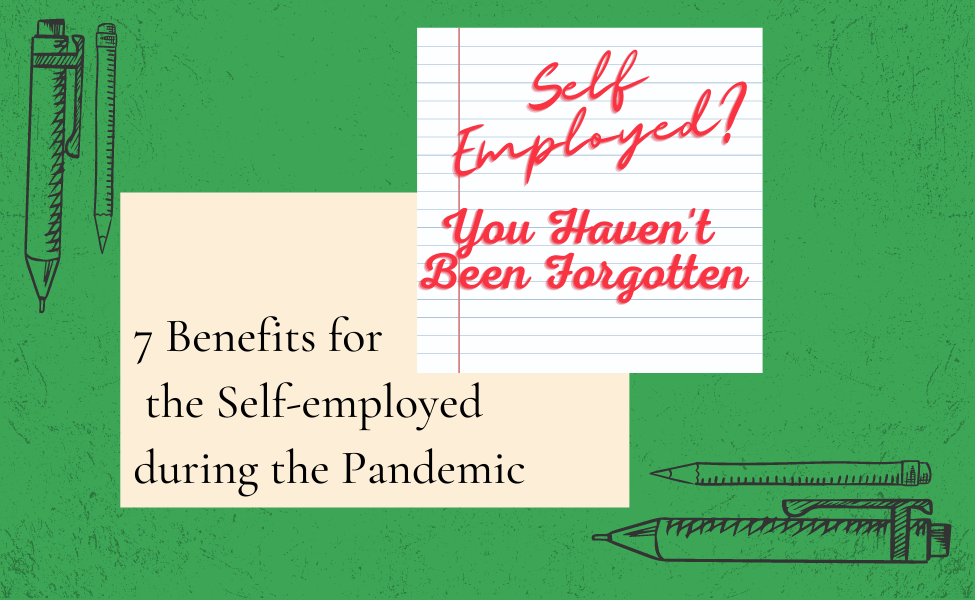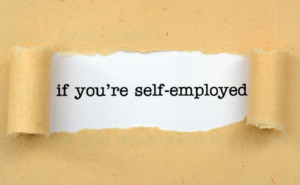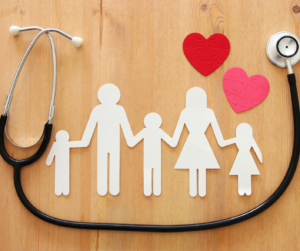Self Employed? Dont worry you haven’t been forgotten
First let’s talk about who is considered self employed?
You must fall under the following:
- receive 1099 income
- operate your business as a single-member LLC and did not elect corporate status
- operate a retail establishment or professional practice as a sole proprietor, or
- report your W-2 income on a Schedule C because you are a statutory employee.
In the past, when times were bad, the government made no special effort to help you as a self-employed individual. For example, you had no “safety net” such as existed for employees who lost their jobs. You were just supposed to suck it up until things got better.
But this time, with COVID-19, it’s different.
In this article we cover the following seven benefits that are available to you as a self-employed individual:
- Paycheck Protection Program (PPP) tax-free monies with the combination of first and second-draw forgivable loans, up to $41,666
- Economic Injury Disaster Loans (EIDLs) at 3.75 interest
- EIDL Advances, up to $10,000 in tax-free
- Tax-free Targeted EIDL Advances
- Up to $33,022 in sick and family leave refundable tax credits
- Possible large reductions in your cost of health insurance under the newly available Affordable Care Act (ACA) premium tax credits
- Qualification for unemployment benefits
Why the sudden generosity for the self-employed? Perhaps because so many Americans are now self-employed—up to 44 million by some counts.
Shall we:
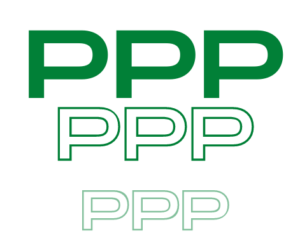
1. PPP Monies
PPP monies first became available with passage of the CARES Act on March 27, 2020.
But originally, millions mistakenly thought that the money was not available to the self-employed. There were so many mixed messages that many people missed out on this opportunity.
A second problem was that the PPP monies came with the word “loan” attached to them, and that was a turnoff for many. After all, who wants a loan, knowing you’ll have to pay it back?
But the PPP was not really a loan, because it was forgivable. You have to pay back a loan. You did not (and do not) have to pay back the PPP loan.
For the self-employed, PPP loan forgiveness is simple and virtually automatic.
PPP loans proved so popular, Congress expanded the program to allow two separate PPP loans: first-draw PPP loans followed by second-draw PPP loans for those who had already received a PPP loan.
For the self-employed with no employees, both first-draw and second-draw monies are capped at $20,833, for a maximum of $41,666.
2. EIDLs
Congress has added billions in additional funds to the Small Business Administration (SBA) EIDL program. Unlike PPP loans, EIDLs are not a temporary program; they have been available for decades.
EIDLs are 30-year loans for up to $500,000 (increased from $150,000) with a 3.75% interest rate. Payments can be deferred for up to four years. You need provide no collateral if your loan is for $25,000 or less.
Unlike PPP loans, EIDLs are not forgiven by the SBA. You have to pay back the EIDL.
3. Prior EIDL Advances
Under the CARES Act, if you had both an EIDL Advance and a PPP loan, your forgiveness amount was reduced by the EIDL Advance.
For most self-employed individuals who applied for the EIDL, the EIDL Advance was a surprise. When you applied for an EIDL, you received a $1,000-per-employee EIDL Advance, up to $10,000. As a self-employed person, you were deemed an employee, too, and received $1,000.
And then there was a second surprise for those who also received a PPP loan. This is how it works:
You received a PPP loan, and were also offered money through the EIDL program, yet you chose not to accept the EIDL all was fine and dandy. Right? Wrong!
When you applied for your PPP forgiveness, the lender reduced your forgiveness by the amount that was offered to you through your EIDL Advance. Leaving you on the hook for that money!.
But here’s good news: the Economic Aid to Hard-Hit Small Businesses, Nonprofits, and Venues Act
- Eliminates the offset rule for all PPP loans, even those previously forgiven,
- Requires the SBA to set in motion rules for the lenders to return the EIDL Advance money to PPP borrowers who had the money deducted from their forgiveness.
4. New Targeted EIDL Advances
You might qualify for the new Targeted EIDL Advance of up to $10,000 if :
)your business is located in a low-income community (check the SBA map at SBA Targeted EIDL Advance Low Income Communities map)
- you suffered a 30% reduction in revenue during an eight-week period beginning March 2, 2020, or later.
Unlike EIDLs themselves, Targeted EIDL Advances need not be paid back. They really are tax-free government grants.
Unfortunately, these advances will first be made available only to those businesses that
- Received a previous EIDL Advance for less than $10,000
- Applied for an advance before December 27, 2020, but didn’t receive one because the funding was exhausted at that time.
The SBA will send you an email invite if you’re in either category. And if money is left after the invites, the SBA may accept new applications.
You apply for the Targeted EIDL Advances online at the SBA website.
5. Sick Leave and Family Leave Tax Credits
PPP loans have gotten the most publicity, but don’t overlook the sick leave and family leave credits for the self employed.
For you, the refundable tax credits can be worth up to $15,111 on your 2020 tax return and up to $17,111 on your 2021 tax return. If you are married and your spouse is also self-employed, double the maximum amount to $30,222 for 2020 and $34,222 for 2021.
Thanks to the American Rescue Plan Act of 2021, there are two separate sets of credits:
- one for April 1, 2020, through March 31, 2021
- one for April 1, 2021, through September 30, 2021
To help you visualize what’s involved for this tax year, here are the rules for April 1 through September 30, 2021:
Sick Leave Credit
You have two ways to qualify for a credit for up to 10 total days of sick leave during the period of April 1 through September 30, 2021. The amount of the credit depends on whether you’re sick or someone else is.
You’re sick: You qualify for a credit of up to $511 per day if you can’t work or telework because you
- Have to self-isolate or quarantine, are experiencing COVID-19 symptoms, and need to obtain a diagnosis
- Have been exposed to COVID-19 and are unable to work pending test results
- Need to get vaccinated against COVID-19;
- Are recovering from a vaccination.
This credit is equal to 100% of the average net earnings from self-employment you earn per day, capped at $511 per day. Since this is for a 10 day period the maximum credit is $5,110.
You care for others: You also qualify for a sick leave credit of up to $200 per day if you can’t work or telework because you
- Were or are caring for an individual who was subject to quarantine or isolation order related to COVID-19
- Were caring for a son or daughter because the school or place of care for that child was closed
- Because the childcare provider was unavailable due to COVID-19 precautions.
This credit is equal to 67% of your daily average net earnings from self-employment, capped at $200 per day. Since this is for a 10 day period the maximum credit is $2,000.
Family Leave Credit
You can also receive a second credit, for up to 60 days of family leave, for days you can’t work or telework for any of the same reasons listed above that qualify you for the sick leave credit.
The family leave credit is equal to 67% of your average daily self-employment income, capped at $200 per day. Since this is for a 60 day period the maximum credit is $12,000.
If you qualify, you can take both the sick leave and family leave credits, up to a maximum of 70 combined days. But you cannot use both credits for the same day of leave.
Average Daily Net Earnings from Self-Employment
You determine your average daily net earnings from self-employment by dividing your total net self-employment income for the year or the prior year by 260. Your net self-employment income is on Schedule SE, line 6.
Shameless plug: we specialize in keeping records, and making sure you are getting the most for business. Contact us for more information.
2020 Differences
On your 2020 tax return, you claim your sick leave and family leave credits for leave taken during the period of April 1, 2020, through December 31, 2020. The rules are largely the same as for the new law’s credit that’s available from April 1 to September 30, 2021, except for the following differences:
- COVID-19 vaccinations do not qualify for either credit.
- The family leave credit is limited to 50 days, for a maximum of $10,000.
2021 Improvements
On your 2021 tax return, for sick leave and family leave days from January 1 to March 31, 2021, you have
the leftover days from the 2020 tax return available, plus the full batch of the new 10-day and 60-day limits for the credit during April 1, 2021, through September 30, 2021.
Something of note: For each of 2020 and 2021, you have two separate credit opportunities depending on whether you are sick or taking care of others. They are both refundable tax credits—you get the full amount even if it exceeds your tax liability for the year.
6. ACA Tax Credits Expanded
Many self-employed individuals obtain health insurance coverage through their state health insurance exchange established under the ACA. But the ACA coverage can be expensive.
Depending on your income, you can qualify for a premium tax credit to help pay for your coverage.
OLD RULE: Under the pre-pandemic ACA rules, premium tax credits were available only to enrollees whose family income was less than 400% of the federal poverty level ($51,040 for a single person and $104,800 for a family of four). If your income exceeded the threshold by even one dollar, you got no financial help to purchase ACA coverage.
The American Rescue Plan Act has temporarily abolished the ACA subsidy cliff for 2020 and 2021.
NEW RULE: if you earn over 400 % of the federal poverty level, you pay no more than 8.5 % of your household income for individual ACA insurance. Regardless how high your income, you are entitled to a premium tax credit to the extent the cost of the silver benchmark plan in your area exceeds 8.5 per cent of household income.
Many independent contractors will qualify for premium tax credits for the first time; others will get larger credits. For example, if your income is $200,000, you are required to pay no more than $17,000 for Obamacare coverage. If a silver plan for you and your family costs $25,000, you are entitled to an $8,000 premium tax credit.
If you have no health coverage, you can enroll right now, during a special enrollment period scheduled to last through August 15, 2021.
You can find a link to your state health insurance exchange at www.healthcare.gov.
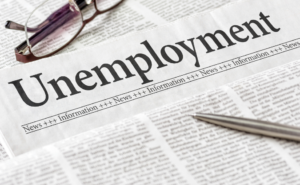
7. Unemployment Benefits for the Self-Employed
Finally, if things get really tough, you likely can obtain unemployment benefits. This is unprecedented.
Ordinarily, Schedule C taxpayers such as 1099 folks and proprietors cannot collect unemployment from their state unemployment insurance agency when they are out of work.
But the Pandemic Unemployment Assistance program, passed by Congress in March 2020 as part of the CARES Act, made the self-employed temporarily eligible for unemployment for the first time.
Pandemic Unemployment Assistance benefits were scheduled to expire March 14, 2021, but have now been extended through September 6, 2021, by the American Rescue Plan Act. Independent contractors can collect up to 79 weeks of benefits.
You need to apply for unemployment benefits through your state unemployment office. Benefit amounts vary from state to state; the federal government adds $300 per week to the applicable state benefit. You must be earning no income, or almost no income, to qualify for unemployment.



